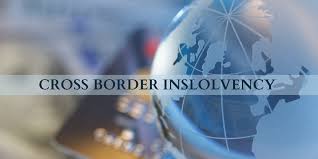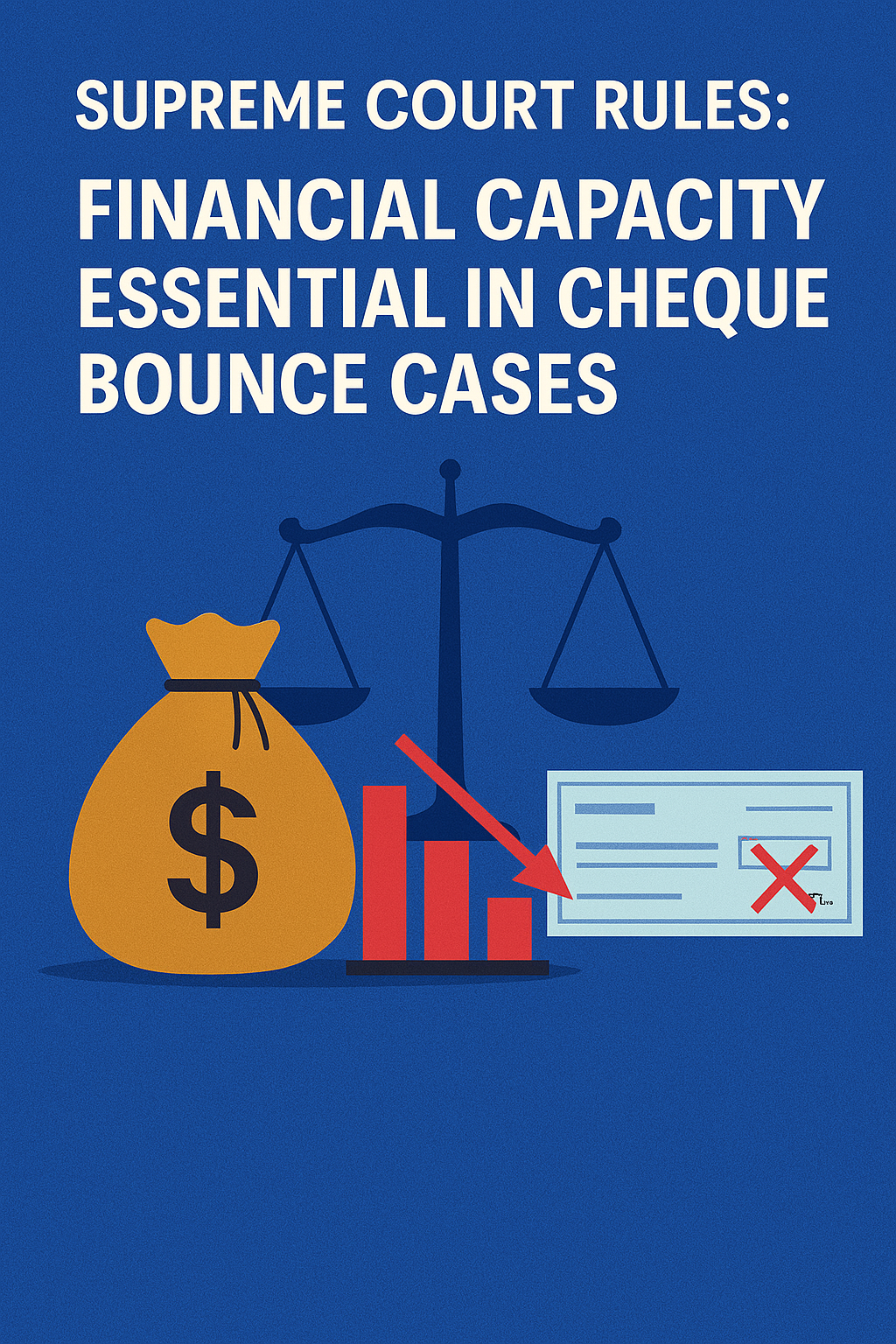Business law in Canada
Business law in Canada is primarily governed by a combination of federal, provincial, and territorial laws, as well as common law principles. Canada has a well-developed legal framework designed to facilitate business operations, protect investors, ensure fair competition, and regulate the relationships between businesses, employees, and consumers. Canadian business law incorporates both statutory and case law (common law), and it is influenced by both English and French legal traditions, reflecting the country's bilingual nature.
Key Areas of Business Law in Canada:
1. Legal Framework
Canada's legal framework for business is a combination of:
Federal Laws: These laws apply across all of Canada and cover a wide range of business activities, such as corporate governance, taxation, intellectual property, and competition law. The Canadian Business Corporations Act (CBCA) is a significant federal law governing the formation and operation of corporations at the federal level.
Provincial and Territorial Laws: Each province or territory in Canada has its own laws that govern business activities within that jurisdiction. These laws typically cover areas such as contract law, employment law, property law, and certain aspects of corporate law.
Common Law: Canadian business law is based on common law, which is developed through judicial decisions. These precedents guide future cases and are an essential component of the legal system, particularly in areas such as contract law, tort law, and property law.
Civil Law: The province of Quebec follows a civil law system, influenced by the French Civil Code. The rest of Canada follows common law, making Quebec the primary exception.
Constitutional Law: The Constitution Act, 1982, and the Canadian Charter of Rights and Freedoms provide the foundation for legal rights, including business and property rights in Canada. Federalism plays a significant role in determining which level of government (federal or provincial) has the authority to legislate in different business matters.
2. Types of Business Entities
Canada allows various types of business entities, each with distinct advantages and limitations:
Sole Proprietorship: A business owned and operated by one individual. The owner has full control over the business but also bears unlimited personal liability for the business's debts and obligations.
Partnership: A business owned by two or more individuals or entities. There are two types:
- General Partnerships: All partners share liability for the debts and obligations of the business.
- Limited Partnerships: Some partners have limited liability, while others assume full responsibility for the business’s debts.
Corporation: A separate legal entity distinct from its owners (shareholders), offering limited liability protection to shareholders. Corporations can be formed federally under the Canada Business Corporations Act (CBCA) or provincially under the respective provincial law, such as the Ontario Business Corporations Act or the British Columbia Business Corporations Act. Corporations must follow strict governance rules and reporting requirements.
Cooperative (Co-op): A business owned and operated by its members who share profits or benefits. Co-ops are governed by specific cooperative laws in different provinces.
Joint Ventures: A joint venture involves two or more parties (corporations, partnerships, or individuals) working together on a specific project or business. It can take the form of a partnership or a separate entity.
3. Company Formation and Registration
The process for forming a business in Canada typically involves the following steps:
Choose a Business Structure: Entrepreneurs must decide on the type of business entity they wish to form, whether it be a corporation, partnership, or sole proprietorship.
Register the Business Name: A business name must be unique, and registration is required unless the business is operating under the owner's legal name (for sole proprietorships).
Incorporate the Business: If forming a corporation, you must file articles of incorporation with either the federal government (via Corporations Canada) or the provincial government. Articles of incorporation include the company’s name, registered office, and shareholder information.
Obtain Necessary Permits and Licenses: Depending on the nature of the business, various permits and licenses may be required at the municipal, provincial, or federal level.
Register for Taxes: Companies must register for a Business Number (BN) with the Canada Revenue Agency (CRA) for tax purposes, including goods and services tax (GST), payroll taxes, and corporate income taxes.
Open a Corporate Bank Account: A separate bank account must be opened for the business to manage finances independently from personal accounts.
4. Taxation in Canada
Canada’s tax system includes several layers of taxation, including federal, provincial, and municipal taxes. Key taxes that businesses need to be aware of include:
Corporate Income Tax: Corporations in Canada must pay federal and provincial corporate income tax on their profits. The federal corporate tax rate is generally 15%, with provincial rates varying by province. For example, Ontario has a provincial corporate tax rate of 11.5%, while Alberta has a rate of 8%.
Goods and Services Tax (GST): Canada has a GST of 5% (federal level), and some provinces also charge a provincial sales tax (PST) or a harmonized sales tax (HST), which combines the GST and PST. The GST/HST applies to most goods and services in Canada.
Payroll Taxes: Employers must withhold payroll taxes, including the Canada Pension Plan (CPP) contributions and Employment Insurance (EI) premiums, from employees' wages.
Personal Income Tax: Canada uses a progressive tax system for individuals, with rates ranging from 15% to 33% depending on income level. Business owners who operate sole proprietorships or partnerships pay personal income tax on their business income.
Capital Gains Tax: Capital gains realized from the sale of property (including shares in a corporation) are generally taxable. However, a portion of the gain may be eligible for a tax exemption under the Lifetime Capital Gains Exemption (LCGE).
5. Labor and Employment Law
Labor law in Canada is designed to regulate the relationship between employers and employees, ensuring fair wages, working conditions, and protections. Key aspects include:
Employment Contracts: Employment contracts, whether written or verbal, govern the terms of employment, including wages, benefits, duties, and termination provisions.
Minimum Wage: Each province sets its own minimum wage laws. For example, Ontario's minimum wage is C$15.50 per hour (as of 2023). However, the rates vary across provinces and industries.
Employment Standards: The Employment Standards Act governs the basic rights of employees, including working hours, vacation time, sick leave, and termination. Workers are entitled to a minimum amount of vacation days, which generally amounts to two weeks annually.
Health and Safety: Employers are required to comply with the Occupational Health and Safety (OHS) regulations to ensure safe working conditions. Each province has specific OHS laws and enforcement agencies.
Workplace Discrimination: Canadian law prohibits discrimination in the workplace based on race, gender, disability, religion, and other protected characteristics under both federal and provincial human rights legislation.
Unionization: Employees have the right to form or join unions and engage in collective bargaining. Labor disputes may be handled by labor boards at the provincial or federal level.
6. Intellectual Property Law
Canada has a well-established intellectual property (IP) system that protects trademarks, patents, copyrights, and industrial designs. It is governed by laws such as the Patent Act, Trademarks Act, and Copyright Act.
Trademarks: Trademarks must be registered with Innovation, Science and Economic Development Canada (ISED). Once registered, trademarks are protected for 10 years, with the option of renewal.
Patents: Inventions can be patented through Canadian Intellectual Property Office (CIPO). Patents in Canada are granted for 20 years and protect the inventor's exclusive rights to use and license their invention.
Copyrights: Original creative works such as literature, music, and software are automatically protected by copyright law. Copyright protection lasts for the life of the author plus 50 years.
Industrial Designs: Designs for new products can be registered to protect their appearance. Protection lasts for 10 years.
7. Competition and Antitrust Law
Canada's Competition Act is designed to promote fair competition and prevent anti-competitive business practices such as price-fixing, abuse of dominance, and false advertising. The Competition Bureau is responsible for enforcing these laws, ensuring businesses do not engage in unfair practices that harm consumers or the economy.
- Mergers and Acquisitions: The Competition Bureau reviews large mergers or acquisitions to ensure they do not reduce or prevent competition substantially in any market.
8. Dispute Resolution
Disputes in Canada can be resolved through various mechanisms:
Litigation: Court cases in Canada are handled by provincial or federal courts, depending on the issue. Commercial courts handle business-related disputes.
Arbitration and Mediation: Businesses often use alternative dispute resolution (ADR) methods such as arbitration or mediation to resolve conflicts. Canada is a popular jurisdiction for international arbitration, particularly in commercial disputes.
Conclusion
Canada offers a stable and well-regulated business environment, with a mix of federal and provincial laws that ensure fair practices, protect investors, and support a growing economy. While the legal framework is generally favorable for businesses, entrepreneurs should be mindful of the regulatory requirements, taxes, and employment laws specific to their jurisdiction. The country’s stable political environment, well-developed infrastructure, and strong legal protections make it an attractive destination for both local and international businesses.




























0 comments